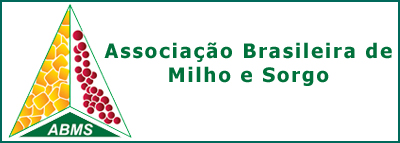YIELD COMPONENTS AND PRODUCTIVITY OF MAIZE AS A FUNCTION OF PREDECESSOR CROP
DOI:
https://doi.org/10.18512/rbms2020v19e1168Keywords:
Zea mays L., predecessor crop, no-tillage system.Abstract
Succession crops in no-tillage system can improve the soil attributes, thus favoring the growth and development of maize (Zea mays L.) and contributing to grain yield increment. The objective of this work was to verify the effect of succession crops on growth and development of maize planted in the summer and the influence on grain yield. For the study, a long-term experiment was implemented, beginning in September 2009, in dystroferric Red Latosol, on the Experimental Farm of the School of Agricultural Sciences of the Federal University of Grande Dourados (UFGD), located in the municipality of Dourados, Mato Grosso do Sul state. This article presents data collected from the 2017/2018 crop season. Randomized block design was used, with ten treatments and four replications. The treatments consisted of the crops preceding maize, such as millet (Pennisetum glaucum L.), oilseed rape (Brassica napus), oat (Avena sativa), safflower (Carthamus tinctorious), niger (Guizothia abyssinica), vetch (Vicia sativa), sunn hemp (Crotalaria juncea), and forage radish (Raphanus sativus). The predecessor crops positively influence dry matter mass of the aerial part of the plant, dry matter mass of 1000 grains, and productivity of the summer maize crop planted through the remains of straw (residues) of millet, oat, niger, sunn hemp, vetch and forage radish.
Downloads
Published
How to Cite
Issue
Section
License
Authors retain copyright and grant the journal right of first publication with the work simultaneously licensed under the Creative Commons Attribution License that allows the sharing of work and recognition of the work of authorship and initial publication in this journal.
Authors are able to take on additional contracts separately for non-exclusive distribution of the version of the paper published in this journal (eg, in an institutional repository or publish as a book), with acknowledgment of its initial publication in this journal.
Authors are permitted and encouraged to post their work online (eg, in institutional repositories or on their website) at any point before or during the editorial process, as this may leadto productive exchanges, as well as increase the impact and citation of published work.



